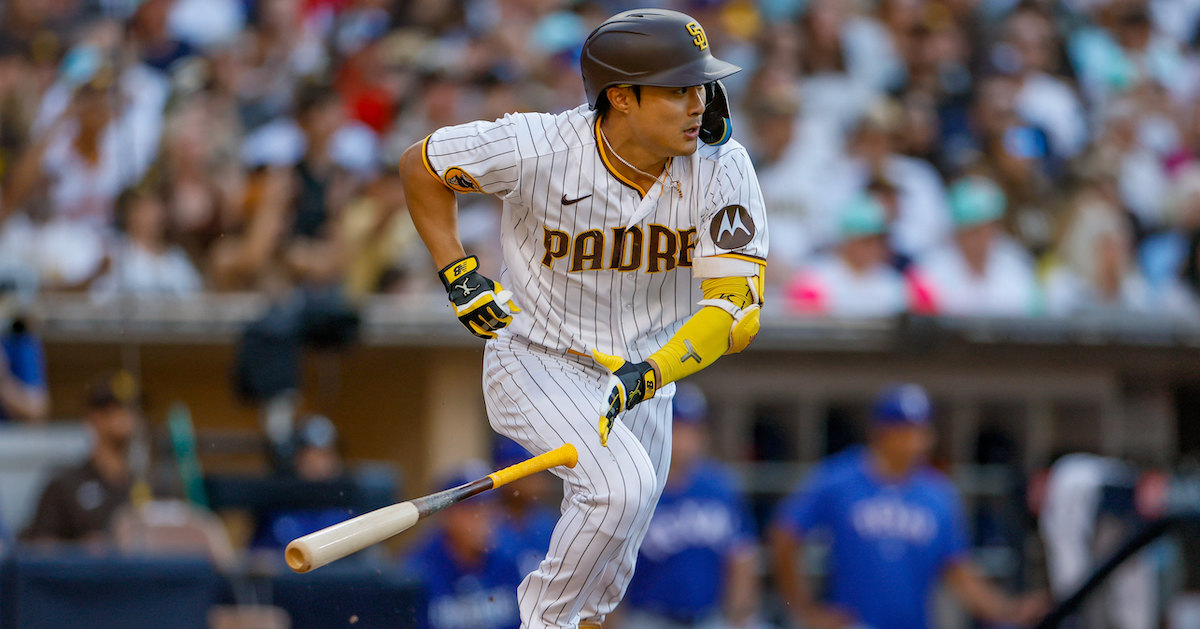Consider the LOBster

You can picture it in your mind. A runner on first, a single into the gap — it’s first and third with one out, and it’s time to fret. Having a runner on third base with less than two outs is secretly one of the most stressful moments in an average baseball game. Success feels like it should be automatic, but of course it isn’t. Failing to get that runner home always feels like a moral failing, some elemental lack on the part of the batting team. It’s so easy! No hits necessary. Just put your mind to it and do it.
Depending on who you watch baseball with, you might hear this cast as old school versus new school, but I don’t think that’s fair. It’s been a part of baseball since time immemorial. You don’t have to remember baseball from the 1970s to get annoyed by a strikeout or pop up that leads to your team trudging dejectedly back to the dugout. And even if you’re young enough that you got your first cell phone before your 10th birthday, the sweet relief of a clean single with two outs to rescue that poor, potentially stranded soul on third base feels great.
For such a central part of the baseball viewing experience, I’m woefully underinformed about the statistics of that particular pivot point. Do teams score that runner a lot of the time? Rarely? How much has it changed over time? Which team is the worst at it in baseball this year? The best? I couldn’t tell you the answer to any of those questions, so I set out to find them. Read the rest of this entry »








